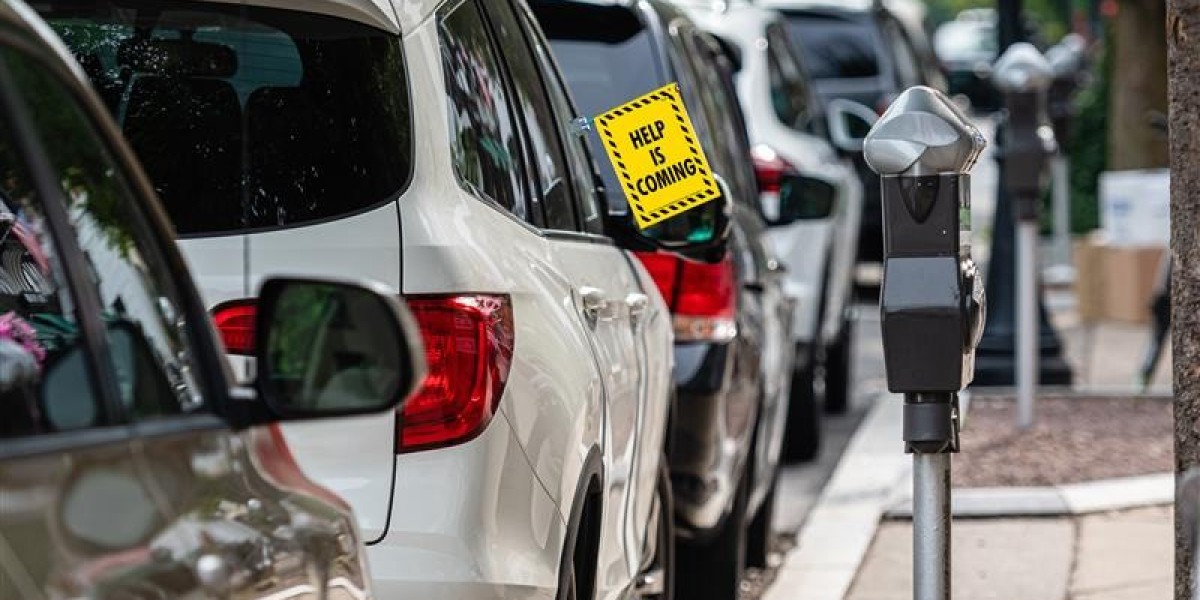When we encounter emergency signs and danger signs, we often see them as simple, practical symbols designed to warn or inform us about potential hazards. But beneath their straightforward exterior, these signs are rich with hidden messages and layered meanings. Every symbol, color, and design element tells a story about a potential risk, providing vital information in a manner that can be instantly understood, even in moments of high stress.
In many high-risk environments, these symbols serve as more than just precautionary measures; they are the unsung heroes of safety, silently guiding us toward protective actions and ensuring our wellbeing. Understanding the deeper significance of these signs can enhance our response to emergencies, allowing us to interpret their hidden messages more effectively and respond to potential threats with confidence.
The Secret Language of Emergency Signs
At first glance, emergency signs may appear as simple visual cues, but these symbols are actually part of a complex and universal safety language. Designed to trigger an immediate and instinctive reaction, they combine colors, shapes, and images that convey meaning even to people who may not share a common language. Each sign is meticulously designed to be universally understood, ensuring clarity in moments when quick decision-making is crucial.
For example, the iconic red octagon representing "STOP" doesn’t require any translation. It’s not just a shape—it’s a clear directive to halt, signaling imminent danger or the need to pause. Similarly, danger signs featuring a lightning bolt symbolize electrical hazards, while a black-and-yellow striped sign warns of dangerous machinery. These signs are more than visual clutter; they are the coded messages of safety, silently shaping our responses to threats.
Color and Shape: The First Clues to Danger
Colors and shapes are integral to understanding the hidden messages behind danger signs. The human brain processes color and shape more quickly than text, which is why these elements are strategically used in emergency signs to ensure rapid recognition and action.
Red: The Color of Urgency and Danger
Red is universally associated with danger, urgency, and the need for immediate action. It is often used in danger signs to signal life-threatening risks, such as fires, explosions, or electrical hazards. The intense color demands attention and triggers the brain's fight-or-flight response, prompting people to take swift action. For example, fire exit signs, emergency alarms, and flammable material warnings are frequently highlighted in red to communicate the severity of the situation.
Red is not only a visual cue for danger but also serves to command focus in environments where the stakes are high. Its psychological impact ensures that individuals understand the immediate nature of the threat and the need for fast and decisive action.
Yellow: Caution and Awareness
While red signals imminent danger, yellow is often used in emergency signs to indicate caution. Yellow is the color of warning, signaling potential risks that require heightened awareness but do not necessarily require immediate action. For example, a danger sign warning of slippery floors or machinery in motion may feature yellow, alerting individuals to tread carefully but not panic.
This color is also used in signs that direct people to areas where they may need to exercise caution, such as near hazardous chemicals or electrical equipment. Yellow offers a balance between the urgency of red and the safety of green, making it ideal for cautionary messages that call for attention but not alarm.
Green: Safety and Assurance
In contrast to red and yellow, green is the color of safety and relief. It is used in emergency signs to indicate escape routes, safety equipment, or first aid stations. When faced with danger, seeing a green sign can be a reassuring signal that safety is within reach. Green also symbolizes an action step in emergency situations, such as "go" or "proceed," making it essential in evacuation plans and emergency exits.
The calming nature of green contrasts with the intensity of red, offering a visual cue that it’s safe to proceed towards a designated safe area.
Black and White: Clarity and Simplicity
While not as emotionally charged as the colors red, yellow, or green, black and white are still pivotal in danger signs. Black-and-white stripes, or simple black text on a white background, are often used for informational or regulatory signs. These signs, while less alarming, provide clear instructions or descriptions, such as identifying hazardous materials or machinery that requires specific handling.
These color combinations are often used in situations where the need for clear, legible information is paramount, without an overabundance of urgency or alarm.
Understanding the Shapes: The Story Behind Each Symbol
Beyond color, the shape of emergency signs also plays a significant role in conveying hidden messages. Shapes are processed faster by the brain, and different shapes are assigned specific meanings to further enhance clarity and urgency.
Circles: Mandatory Actions
Circular danger signs are typically used to convey mandatory actions or behavior. A circle with a white symbol and a colored border often indicates a required action, such as wearing protective gear or following a specific procedure. For example, a sign with a white helmet in a red circle may mandate that individuals in a particular area wear protective headgear to avoid injury.
The circle’s closed shape conveys the idea of an unbroken cycle, implying that certain actions need to be followed without deviation to ensure safety.
Triangles: Warning and Caution
Triangular emergency signs, often with a black or red border, are commonly used to indicate warnings or situations that require caution. Triangles are associated with the idea of a pointed risk or danger ahead. A triangle with an exclamation mark typically warns of something potentially dangerous that requires extra care, such as slippery surfaces or moving machinery.
The shape itself suggests that danger is coming to a point, emphasizing the need to be alert and prepared.
Squares and Rectangles: Informational and Directive
In contrast, square and rectangular danger signs are more commonly used for regulatory or informational purposes. These signs provide directions for behavior, such as identifying the location of safety equipment or giving instructions during emergencies. They are less urgent than triangles and circles but still provide essential guidance. These shapes are often used for emergency signs that explain where to go or what steps to take in an emergency.
The Universal Language of Symbols
One of the most powerful aspects of danger signs is their ability to transcend language barriers. In our increasingly globalized world, people from different backgrounds and speaking various languages encounter these signs in every part of the world. Emergency signs are designed with universal symbols that everyone can understand, regardless of their linguistic abilities.
For instance, a fire alarm symbol or a first-aid cross can be understood by nearly everyone, no matter where they are from. These universal symbols have been standardized to ensure safety across borders, making it easier for people to respond correctly, regardless of their cultural or linguistic backgrounds.
Subtle, Yet Vital: Hidden Indicators in Danger Signs
While the most obvious danger sign are easy to interpret, there are also subtle indicators that may not stand out immediately but are no less important. These signs are designed to communicate a quieter form of risk or caution, requiring a closer examination. For instance, smaller signs or less vivid colors may indicate potential risks that are not immediately apparent but still require attention, such as electrical equipment that may not be obvious at first glance.
Being aware of these subtle cues can help individuals respond to risks before they become full-blown emergencies. Whether it’s a faint warning in the corner of a room or a small symbol on equipment, these hidden messages can provide early indicators of danger, allowing for timely intervention and prevention.
Conclusion
In conclusion, every danger sign and emergency sign carries a hidden message that tells a deeper story. These symbols, colors, and shapes are not just random—they are carefully designed to convey urgency, provide warnings, and guide individuals toward safety. Understanding the hidden messages behind these signs can be the difference between responding appropriately to an imminent threat and missing a critical opportunity to act.
By paying closer attention to the subtle language of these signs, we can better prepare ourselves for emergency situations and reduce the risks associated with high-stakes environments. Every symbol has a story to tell, and recognizing these stories allows us to stay safe and make informed decisions in the face of danger.








